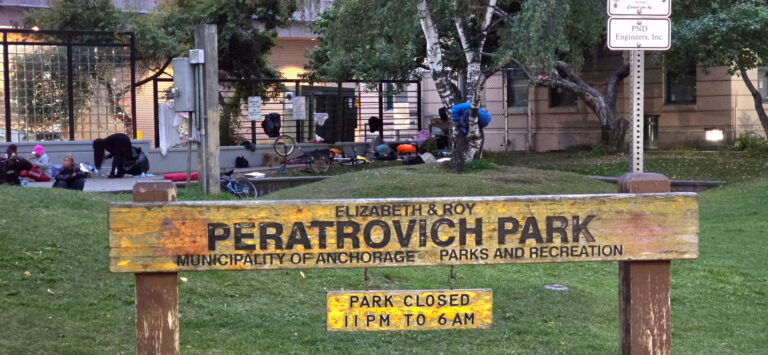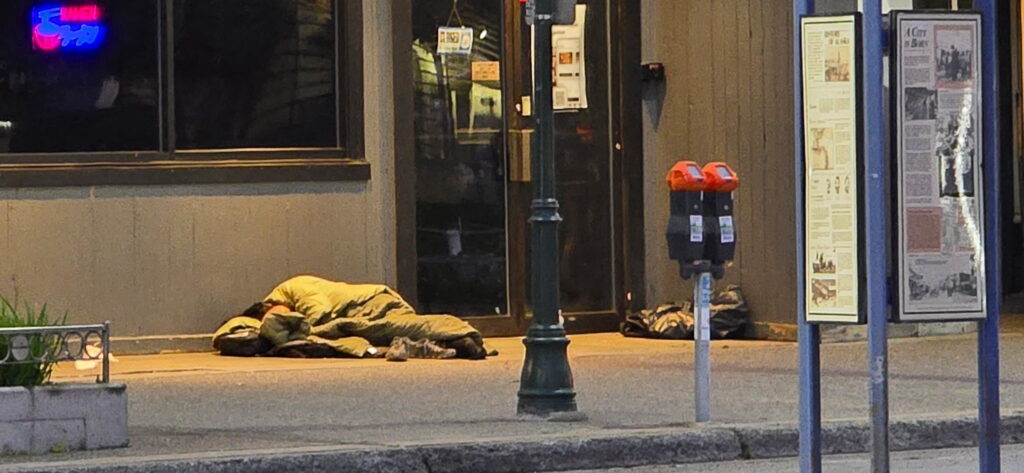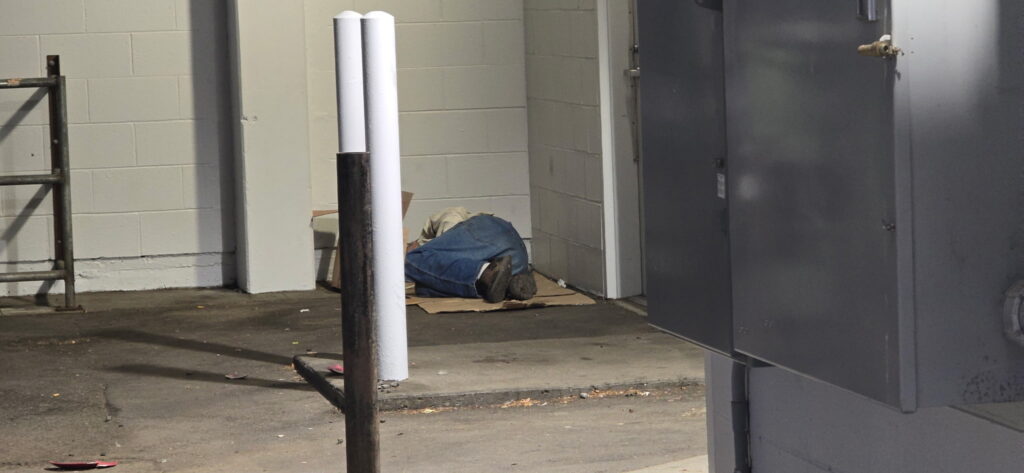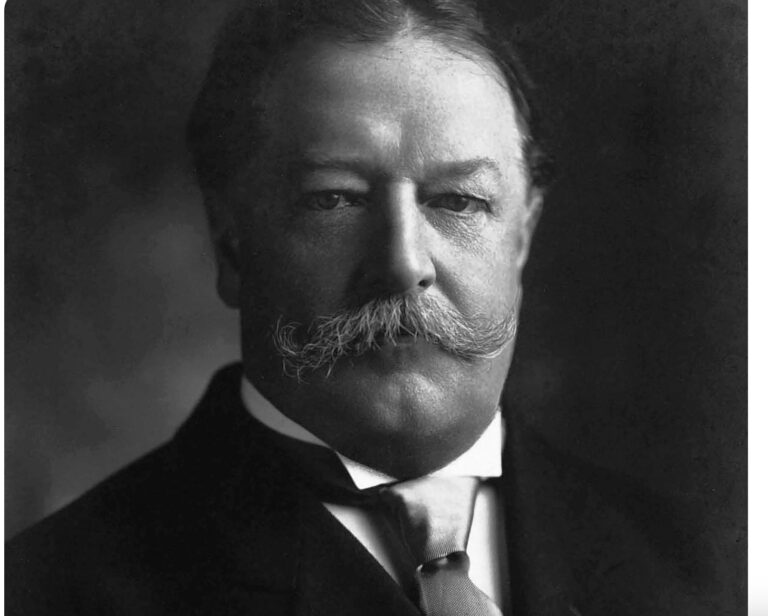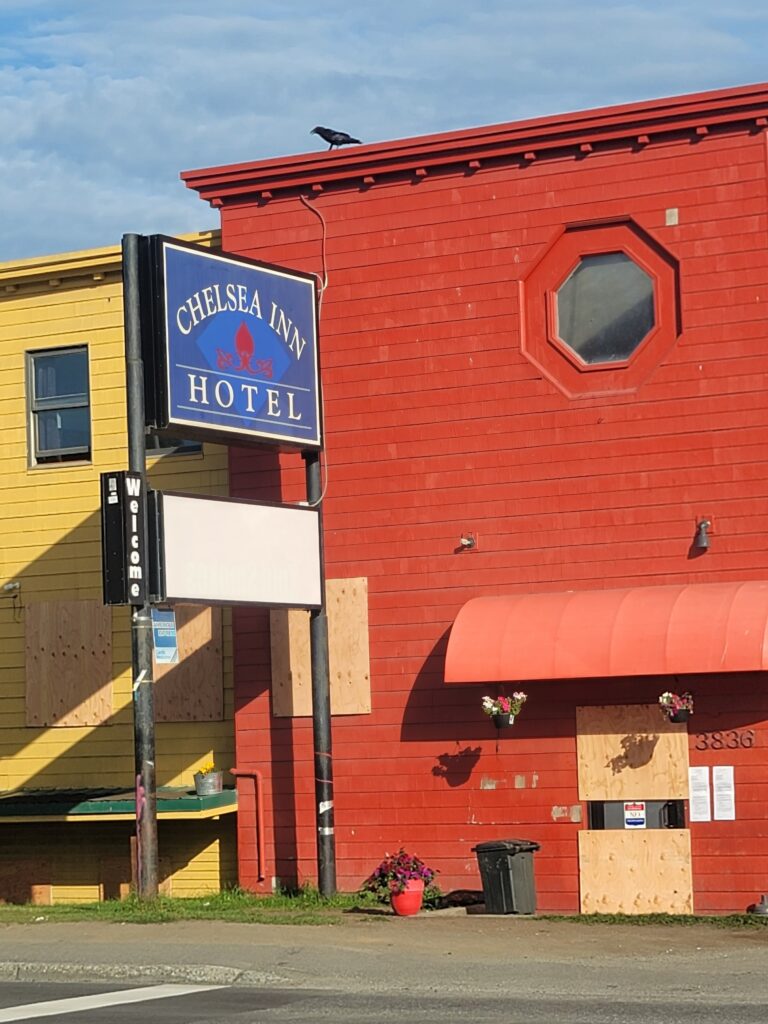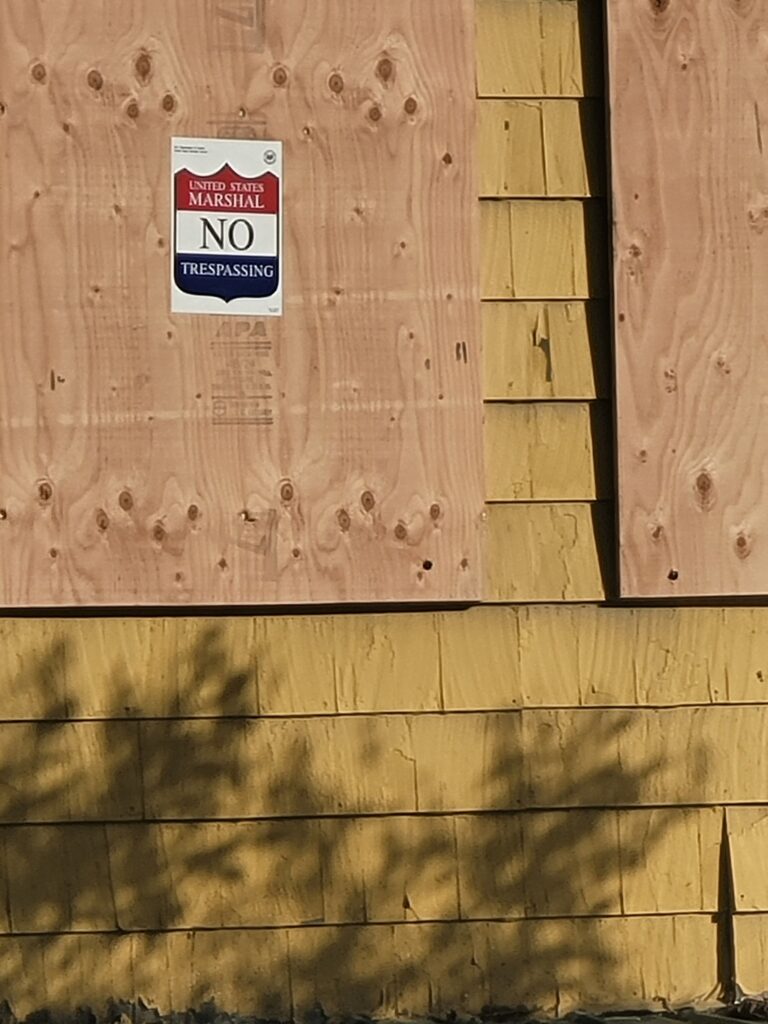By MICHAEL TAVOLIERO
The last decade in the United States has been saturated with alleged conspiracies. For some, skepticism has become a default posture; for others, the chaos has validated long-standing distrust of political elites. At the center of this period stands the Covid-19 pandemic, officially declared in March 2020 by the World Health Organization, and widely recognized as the most disruptive global event in a century. In May 2023, the WHO declared an end to the public health emergency of international concern.
While public health authorities have examined its biological origins and epidemiological impact, where are the political narratives which increasingly framed Covid not merely as a natural disaster but as a potential instrument in shaping the outcome of the 2020 presidential election?
Political climate before the pandemic
The seeds of suspicion were sown well before 2020. The 2016 election brought allegations of Russian influence and questions about President Donald Trump’s legitimacy. Former President Barack Obama’s 2012 “hot mic” exchange with then-Russian President Dmitry Medvedev, where he suggested greater flexibility after his re-election, fueled narratives of behind-the-scenes dealings. Meanwhile, Hillary Clinton’s long career, including her 1969 thesis on Saul Alinsky’s community organizing, provided a basis for critics to connect her and Obama to a style of political mobilization that emphasized conflict and negotiation.
When Trump won the presidency, his critics mobilized legal and bureaucratic tools to investigate his administration, while his supporters perceived a “deep state” determined to undermine him. By 2020, partisan divides had hardened into outright suspicion and clandestine activities, priming the public to interpret any crisis through a conspiratorial lens.
The pandemic as a political flashpoint
Covid arrived in this combustible environment. On top of the staggering death and human suffering, governments-imposed lockdowns, triggered supply shortages, issued sweeping emergency orders, and delivered ever-changing medical edicts, these blind actions not only fueled chaos but also magnified public distrust and uncertainty worldwide.
Was the timing significant? This pandemic required altering voting procedures, expanding mail-in ballots, and curtailing traditional campaigning unfolded in the very year of Trump’s re-election bid.
While scientists and the mainstream media continued to persuade the public with animal origin, the political debate rarely discussed the possibility of laboratory origins. Was Covid more than a virus? Was it a tool? Would a Hillary Clinton presidency have faced the same crisis? Was the pandemic’s mismanagement uniquely designed to damage Trump? Was it a weaponized component deployed at the precise moment when the political establishment faced the threat of a Trump second term?
I offer these speculations, though not supported by conclusive evidence, because they appear to align with preexisting distrust of institutions and leaders.
In Frank Herbert’s Dune (1965), we read about the mantra used by the Bene Gesserit order to master fear. The phrase “Fear is the mind-killer” means that fear doesn’t just cause hesitation. It destroys reason, clarity, and judgment. If fear takes over, it paralyzes thought and prevents decisive action.
And the world was paralyzed.
Hypothetical scenario one: Covid without weaponization
At its public inception, the pandemic, we were told, had emerged naturally out of a nearby wet market in Wuhan. The Huanan Seafood Wholesale Market (wet market) had operated for approximately 17 years, serving as a major wholesale live animal and seafood marketplace in Wuhan prior to the pandemic. Three months before the official WHO declaration in March 2020 of the pandemic, it was permanently closed on Jan. 1, 2020, by the Jianghan District Health Authorities, in conjunction with the Administration for Market Regulation, who ordered the closure for environmental cleaning, sanitization, and disinfection following alleged indications that the market was linked to the emerging Covid-19 outbreak. The wet market was almost 9 miles from the Wuhan Institute of Virology. Ultimately, every shred of evidence pointing to this plausible origin was not just dismissed. It was deliberately wiped from existence.
As a result of the pandemic outbreak, the world saw supply chains collapsing, hospitals strained under patient loads, and emergency orders reshaping daily life. But the political consequences, while severe, were largely incidental. The outbreak would be remembered as an unavoidable biological crisis. Under this interpretation, the election of 2020 was disrupted by circumstance, not design.
Hypothetical scenario two: Covid as a weaponized event
Now consider a darker possibility: Covid-19, whether deliberately engineered or opportunistically exploited, was weaponized to reshape the political destiny of the United States. In this scenario, the virus was more than a pathogen; it was a calculated instrument. Its eruption in 2020 unleashed maximum disruption at the precise moment of a presidential election, guaranteeing that emergency powers, lockdowns, and mass mail-in voting would redefine the rules of engagement. Restrictions on public gatherings crippled Trump’s hallmark rallies and momentum, while media narratives relentlessly framed his administration as fatally inept in crisis management.
If Covid-19 was indeed weaponized, the effects were far-reaching. Mail-in and absentee voting surged, decisively altering turnout in key swing states. Meanwhile, the public narrative narrowed to Trump’s alleged failures, overshadowing pre-pandemic economic strength. Did institutional trust not erode as shifting medical guidance, selective enforcement, and glaring double standards, permitting mass protests while shuttering churches, fueled suspicions that the pandemic was not merely a health crisis but a political tool?
Hypothetical scenario three: A Clinton presidency instead of Trump
An equally provocative question follows: would the pandemic have unfolded the same way under Hillary Clinton? If Clinton had won in 2016, there may not have been the same political incentive to unleash, time, or exploit a pandemic in 2020. Under this hypothetical, the outbreak might still occur but without the same electoral consequences, or it might not appear at all.
Consequences of the weaponization yypothesis
Even if unproven, the hypothesis itself has lasting effects. It cements distrust in institutions and fuels the belief that political elites will go to any lengths to maintain power. It reframes the Covid virus not just as a health emergency but as the most sophisticated political operation in modern history. It sets a precedent where every future national crisis will be interpreted not as coincidence but as deliberate design.
Remember that several films have explored the concept of a lab-engineered pandemic used as a political or military weapon, for example, 12 Monkeys (1995), Outbreak (1995), the Resident Evil series, and the Hong Kong action-thriller Viral Factor (2012).
Conclusion: A thought experiment with real implications
Whether Covid was a naturally occurring tragedy or a weaponized event remains unresolved in public opinion. What is clear, however, is that the possibility of weaponization has permanently reshaped how Americans interpret crises. Once a population begins to believe that pandemics themselves can be political tools, trust in governance and science is fractured, perhaps beyond repair. In this sense, even the idea of the Covid-19 virus as a weapon may prove as destabilizing as the virus itself.
Conspiracy narratives and their consequences
Is the pandemic entangled in broader narratives about Obama, Clinton, Biden, and the “deep state?” Whether the Covid virus was viewed as a man-made virus, a weaponized event, or simply a global tragedy, it reinforced a perception among Trump supporters that unprecedented obstacles were placed in the path of his presidency. Conversely, critics of Trump saw his pandemic response as proof of incompetence.
Exposing these divergent interpretations reveals less about the actual biology of the Covid virus and more about the state of the American constitutional republic. In moments of national crisis, conspiracy theories thrive not merely because of secrecy or cover-ups but because trust in government is already fragile. The pandemic, then, did not just test public health infrastructure, it tested the resilience of political legitimacy.
Conclusion
The question, Would the world have experienced the Covid virus if Hillary Clinton had been elected president?, cannot be answered empirically. What can be analyzed, however, is why such a question resonates now that we have seen the perverse evidence of deep state evil. It is because political trust in the United States has eroded to the point where coincidence appears conspiratorial, and crises are interpreted as deliberate weapons in partisan struggles.
The Covid-19 virus may never be proven to be man-made or politically engineered, but its role in reshaping perceptions of our republic, elections, and governance is undeniable.
Michael Tavoliero: The slow surrender of senior independence to government dependence
Michael Tavoliero: Why HB 57 missed the mark on education reform
Michael Tavoliero: Coolidge’s Code, the ethics lesson some of Alaska’s leaders forgot
Michael Tavoliero: Alaska’s future under bureaucratic drift — the quiet surrender
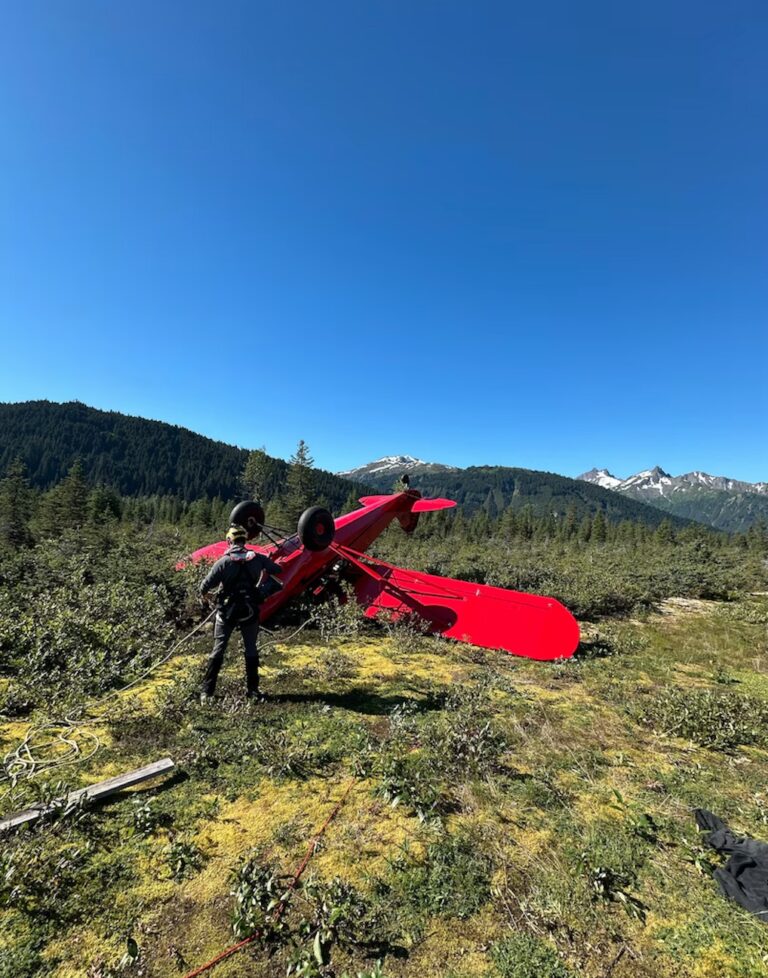
 education reform" title="Robert Seitz: Alaska’s path forward needs energy development, real climate science &
education reform" title="Robert Seitz: Alaska’s path forward needs energy development, real climate science & 
